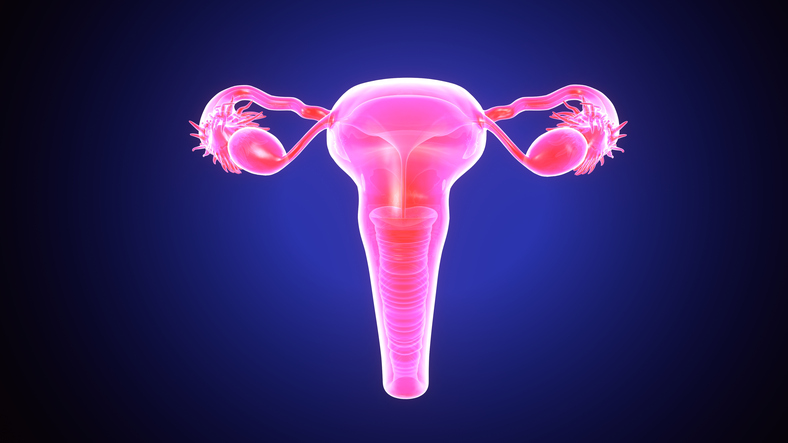What is cervicitis in women?
/What is cervicitis in women?
Located at the lower end of the uterus is a donut-shaped opening into the vagina called the cervix. Hidden away within a woman’s body, the cervix is what allows menstrual blood to flow from the uterus and dilates when a woman is in labor, allowing a baby to pass through the birth canal. Because the cervix is like any tissue in the body, it can become inflamed and when it does this is known as cervicitis.
Cervicitis is a swelling or inflammation of the cervix. This inflammation is considered very common as it will affect more than one half of all women at some point during their adult life.
Causes of cervicitis
There are a number of reasons or causes of why a woman would develop cervicitis which include the following:
· Sexually transmitted infections which can include chlamydia, gonorrhea, Herpes virus, Human papilloma virus or trichomoniasis
· Allergy to spermicides used for birth control
· Allergy to latex in condoms
· Exposure to a chemical
· A device inserted into the pelvic region such as a cervical cap or diaphragm
There are certain risk factors which place a woman at a more likely chance of developing cervicitis. They include:
· High-risk sexual behavior
· History of sexually transmitted infecitons
· Many sexual partners
· Intercourse at an early age
· Sexual partners who have engaged in high-risk sexual behavior or have had a sexually transmitted infection
It is important for any woman who believes she may have cervicitis to go to her doctor to get an accurate diagnosis. If the problem is due to an infection, this could spread beyond the cervix throughout the pelvic area affecting the uterus, fallopian tubes, pelvic and abdominal cavity. If it were to spread it could also impact a woman’s ability to conceive a baby or could harm an unborn baby if the woman is already pregnant.
Symptoms of cervicitis
Some women will not have any symptoms of cervicitis unless she has a routine exam. If she does have symptoms, a doctor will perform a pelvic exam to diagnosis the problem. A pelvic exam allows the doctor to inspect the cervix and to take a swab of tissue from the cervix to have a closer look at the discharge under a microscope.
Symptoms of cervicitis can include:
· Discharge from the cervix that may be grayish or pale yellow
· Redness of the cervix
· Abnormal vaginal bleeding after sex or between periods
· Pain during sex
· Difficult, painful, or frequent urination
· Pelvic or abdominal pain or fever
Treating cervicitis
If cervicitis is due to a sexually transmitted infection, then the goal is to treat and eliminate the infection by using either antibiotics, antifungal or antiviral medications. It is also advised that a woman’s sexual partner be tested and treated to reduce the chance of getting infected again. She will be advised not to have sex until she and her partner have finished treatment.
If cervicitis is not due to a sexually transmitted infection, a woman may not need treatment. If a woman has already gone through menopause, hormonal therapy with estrogen or progesterone may be used.
Cervicitis in women that has been present for a long time or is not responding to treatment, may have to resort to cryosurgery or laser therapy to eliminate the infection.
How to prevent cervicitis
There are ways a woman can protect herself from developing cervicitis. Here are several she can do to reduce her risk:
· Have her partner always wear a condom
· Be monogamous or greatly limit the number of sexual partners
· Avoid having sex with someone who has genital sores or penile discharge
· Avoid feminine hygiene products as they can cause irritation of the vagina and cervix
· Women who have diabetes need to maintain good control of their blood sugar or glucose levels

